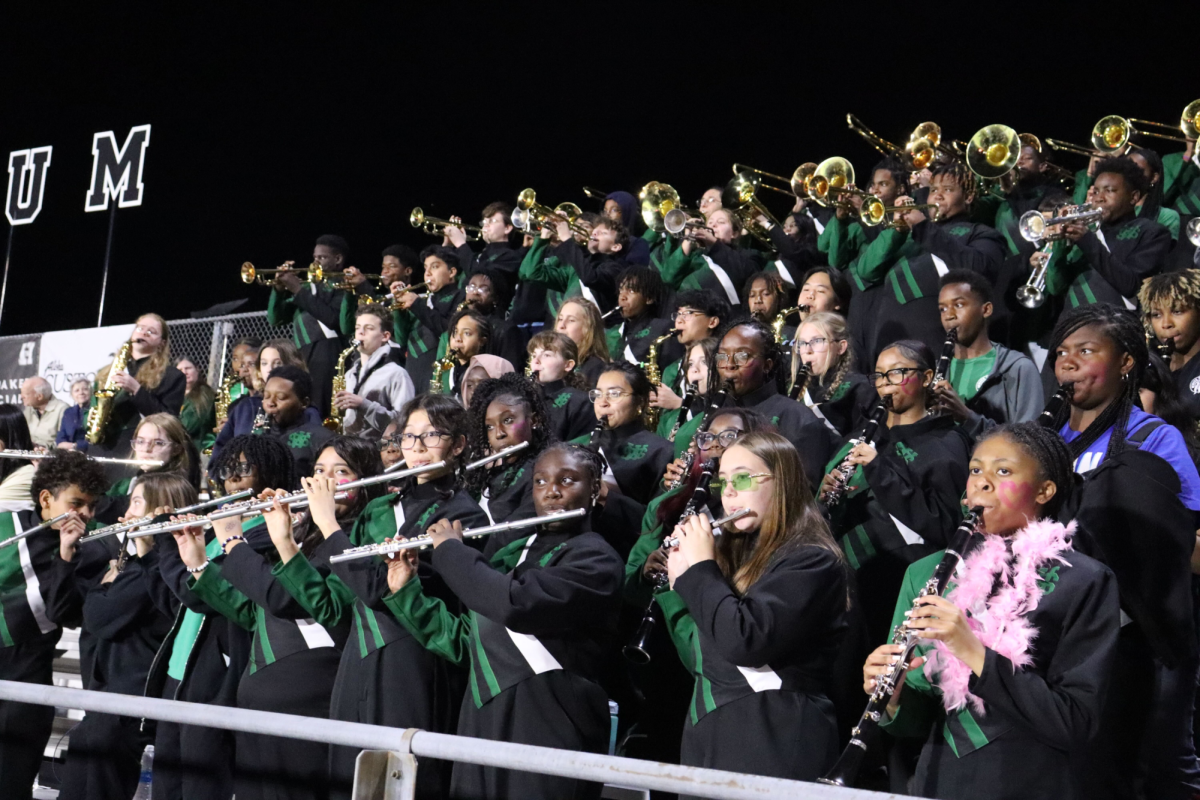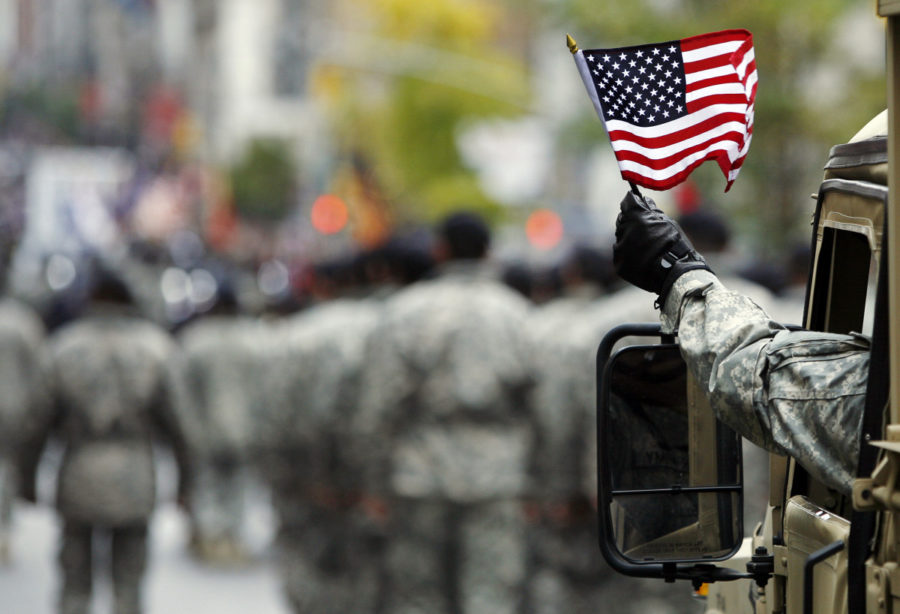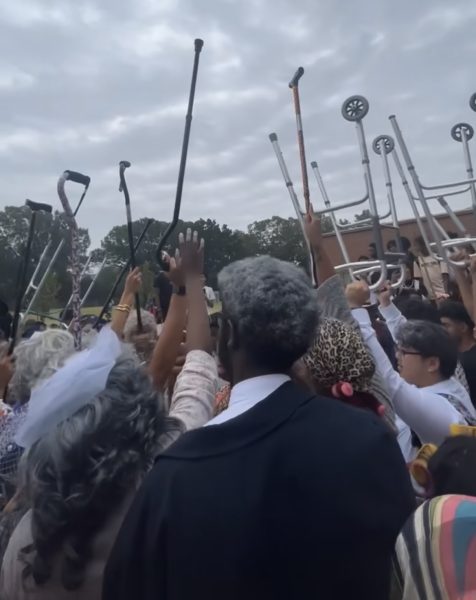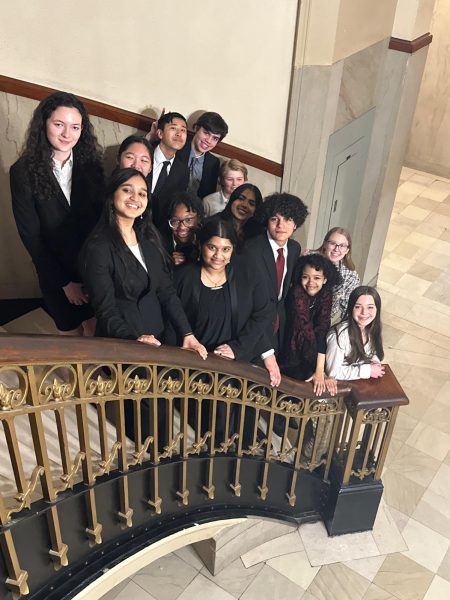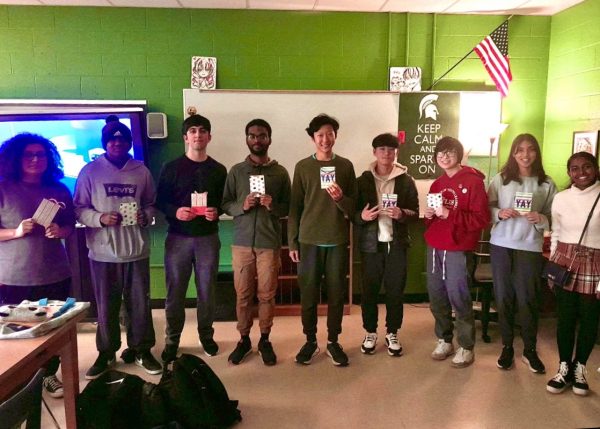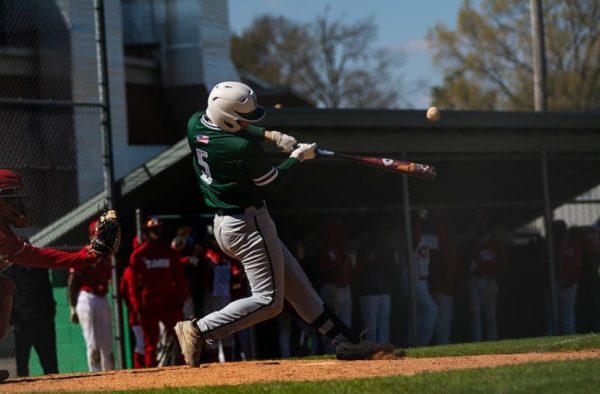A brief history of Veteran’s Day
A serviceman waves the American flag during a parade.
Veterans Day can seem like a relatively straightforward and simple holiday: a day to honor America’s past and current veterans. Many Americans attend parades or put up flags to celebrate the holiday, but some might be surprised to know that there is more to Veterans Day than meets the eye.
For starters, Veterans Day is a relatively young holiday- it wasn’t created until 1954, so 2019 marks the 65th anniversary of the holiday. One of the reasons for Veterans Day’s young “age” is that it was not always uniquely American. After the end of World War I, November 11th was internationally celebrated as “Armistice Day” to commemorate the end of the war and is still celebrated in many European countries. It wasn’t until several veterans groups urged President Dwight Eisenhower (a former general) to create a holiday that honored all veterans, not just those who served in World War I. The bill was signed into law on May 26, 1954.
Seeing as Veterans Day is a federal holiday, students in Memphis get another perk: a day off from school. However, not all school districts close on Veterans Day, which has been the subject of some debate. Many argue that it is disrespectful to veterans, while others claim that it takes away instructional time and that many do little to honor veterans even with a day off.
Overall, whether you have a family member that served or are just happy you get to sleep in on Veterans Day, it is important to remember the reason for this holiday and the history behind it.
Your donation will support the student journalists of White Station High School. Your contribution will allow us to purchase equipment and cover our annual website hosting costs.










